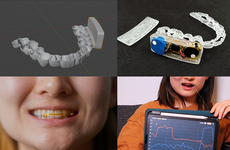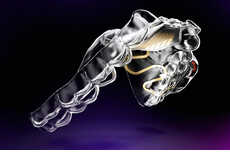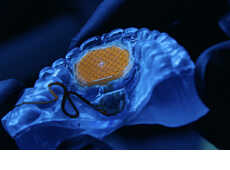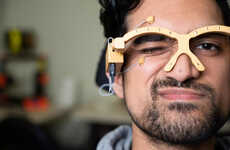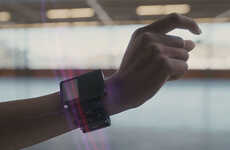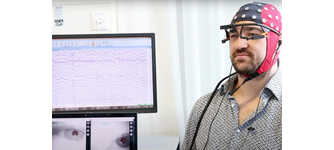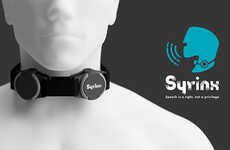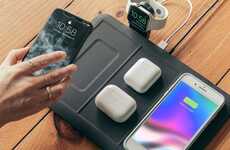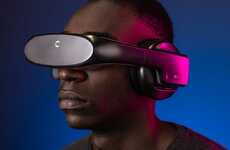
The [In]Brace is a Wearable Invention for People with Disabilities
In the category of wearable innovation, graduate designer Dorothee Clasen—who is doing her master's degree at Köln International School of Design—stands out with her newly developed device. Cleverly titled '[In]Brace,' the piece allows individuals to operate a computer using their tongue. Logically, the wearable innovation is to be worn in one's mouth.
[In]Brace is made out of a "custom dental retainer fitted with a ball with a magnet on a set of rails on the underside." As part of the gadget, a Wi-Fi transmitter is hooked behind the user's ear, ensuring that the wearable innovation works properly.
[In]Brace is a convenient device that also carries implications for "people with certain disabilities" or "people whose work keep both hands occupied at the same time," suggests Clasen. The development and prototyping processes prove to be quite challenging for the designer.
Image Credit: Dezeen
[In]Brace is made out of a "custom dental retainer fitted with a ball with a magnet on a set of rails on the underside." As part of the gadget, a Wi-Fi transmitter is hooked behind the user's ear, ensuring that the wearable innovation works properly.
[In]Brace is a convenient device that also carries implications for "people with certain disabilities" or "people whose work keep both hands occupied at the same time," suggests Clasen. The development and prototyping processes prove to be quite challenging for the designer.
Image Credit: Dezeen
Trend Themes
1. Tongue-operated Wearables - The [In]Brace device allows individuals to operate a computer using their tongue, providing a disruptive innovation opportunity for accessibility technology.
2. Wearable Innovation - The development of the [In]Brace device highlights the potential for wearable technology to assist people with disabilities, opening up new opportunities for inclusive design.
3. Hands-free Computing - The [In]Brace device, worn in the mouth, enables people with both hands occupied or limited mobility to engage in computer tasks, creating disruptive innovation potential for hands-free computing solutions.
Industry Implications
1. Assistive Technology - The [In]Brace device offers a disruptive innovation opportunity in the field of assistive technology, enhancing accessibility and independence for individuals with disabilities.
2. Wearable Tech - The development of the [In]Brace device showcases the potential of wearable tech to revolutionize the way people interact with computers, presenting disruptive innovation potential for the wearable technology industry.
3. Healthcare Technology - The [In]Brace device, with its unique tongue-operated functionality, presents disruptive opportunities for healthcare technology by enabling individuals with limited motor skills to engage in computer activities and potentially facilitating communication in medical settings.
6
Score
Popularity
Activity
Freshness

